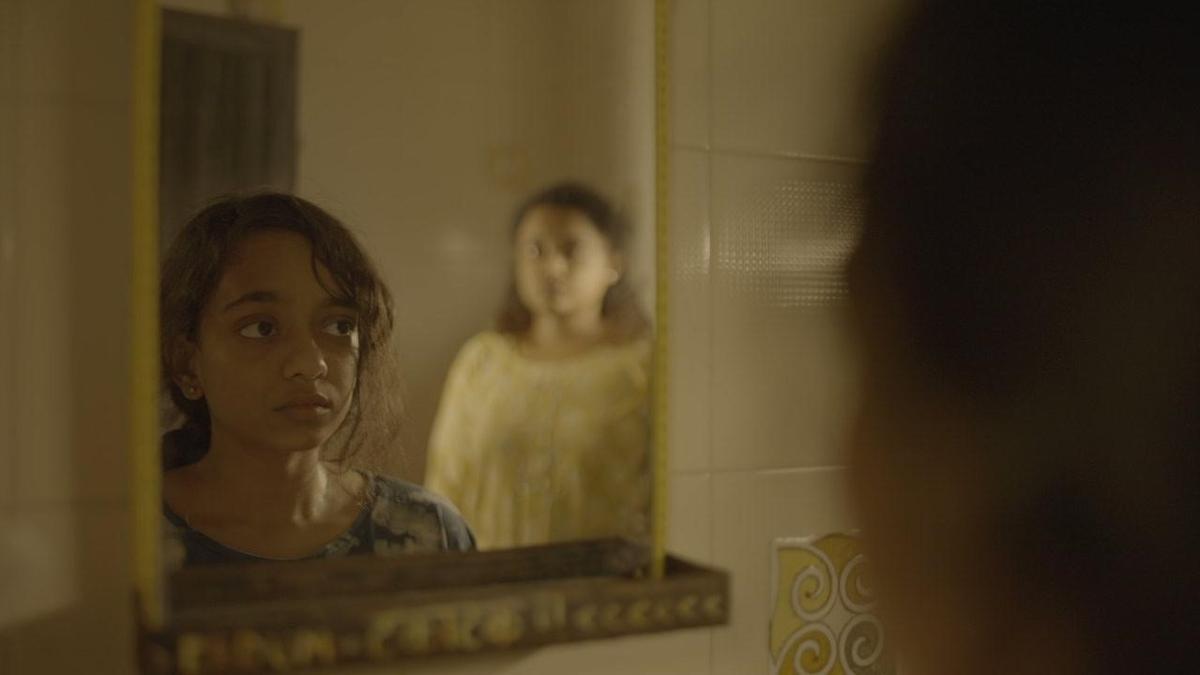Inside the government’s efforts to create a “cadre” of 20 lakh “change leaders” for tribal villages under the Tribal Affairs Ministry’s Adi Karmayogi initiative is a training programme that involves conducting activities such as “candle-lighting”, role-play games, cognitive group exercises, and “knot-tying” and “fish-bowl” exercises — activities that are being conducted among State, district, and block officials now and will percolate to the village levels in the coming months.
Government officials told The Hindu that the idea is to adopt a “participatory” approach to problem-solving. This involves driving home messages such as “the solution comes from within”, “not dwelling on problems”, “initiating action”, and “creating opportunity from challenges”, according to the Ministry’s concept note for the initiative, which is being run under the Dharti Aba Janjatiya Gram Utkarsh Abhiyaan (DAJGUA) programme for last-mile scheme delivery.
The Adi Karmayogi initiative was conceived of earlier this year after a two-day national workshop, where, in a brainstorming session, it was concluded that the reason tribal areas continued to face backwardness was not a lack of schemes for them but a “lack of motivation” in the implementers. The government, through the training activities mentioned above, intends to create 240 State-level master trainers, 2,750 district-level trainers, and over 15,000 block-level trainers, who will be responsible for taking the training down to 20 lakh village-level officials, volunteers, and community leaders.
‘Village vision’
Apart from this, the programme intends to help residents to draw up their own “Village Vision” documents for 2030 for each of the one lakh target villages across over 550 districts, which are to be depicted as “public murals” and will become “aspirational blueprints” for the State machinery to follow. Under the programme, the Ministry said it will also set up one lakh Adi Sewa Kendras — meant to act as a single point interface for villagers trying to access the gamut of welfare schemes meant for them so that 100% saturation can be achieved.
The first phase of the initiative involves holding these training sessions down to the village level across 324 districts. Currently, regional training sessions are conducted where State-level master trainers are trained. Most of the State-level sessions are also conducted for training district-level trainers, following which block-level and village-level trainings will take place, according to officials. Once the sessions reach the village level, each village session will make room for 15 volunteers to participate in them.
At these training sessions, “prescribed” activities include a “lighting the candle” exercise — where participants are encouraged not to “curse darkness” but “bring the light”; a “fish bowl exercise” — where participants imagine themselves as fish in a bowl and get to know each other; a “village scenario role play” exercise, which involves imagining a village of animal rearers trying to solve water scarcity after the State machinery fails to act and the Deputy Commissioner’s staff is rushed to find a solution.
‘Solution within the individual’
Other activities include a “knot-tying” exercise, which involves asking participants to pinch a rope’s tips with their fingers and tie a knot without lifting their fingers off the tips. This, the government’s concept note said, is meant to teach the message that the “solution is within the individual, not on the rope”. Another prescribed activity is the “human knot exercise”, which requires participants to create a human chain-like structure in circles and then try to un-knot themselves through cooperation.
The concept also proposed creating “muttram”-like spaces within villages, with the intent of creating “safe spaces for sharing and collective learning”, where participants will be encouraged to “break the hierarchy” by choosing and assigning nicknames for each, and “deconstructing long-held assumptions”. The idea is to have a space for “ventilation of emotional feelings”, engage with “learning styles” such as “Activist, Reflector, Theorist, and Pragmatist” and learn from each. There are also activities that focus on having people recognise human moods through emoji cues.



.png)
.png)
.png)
















 3 hours ago
3
3 hours ago
3









 English (US) ·
English (US) ·